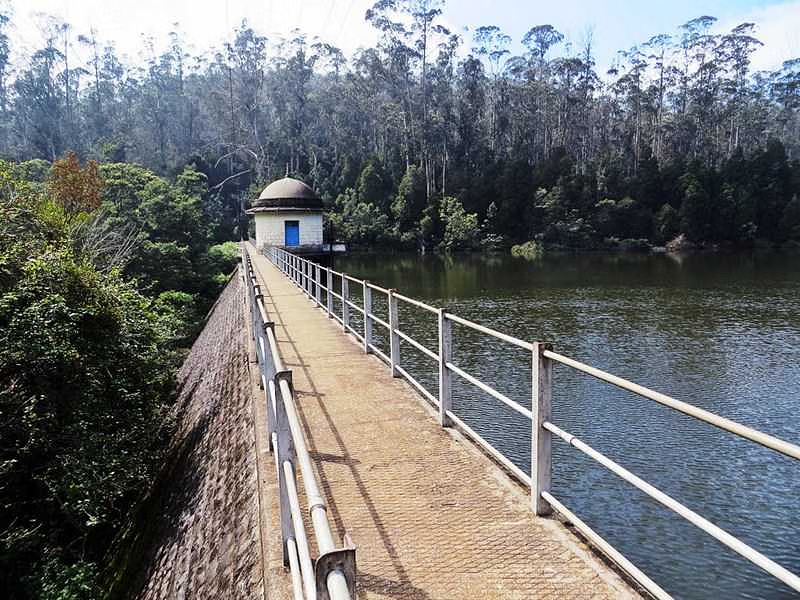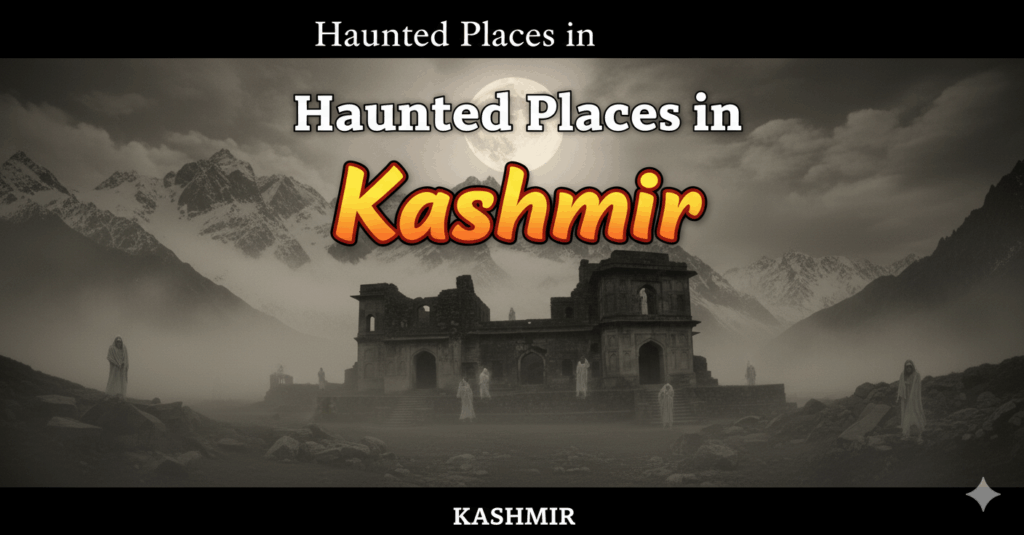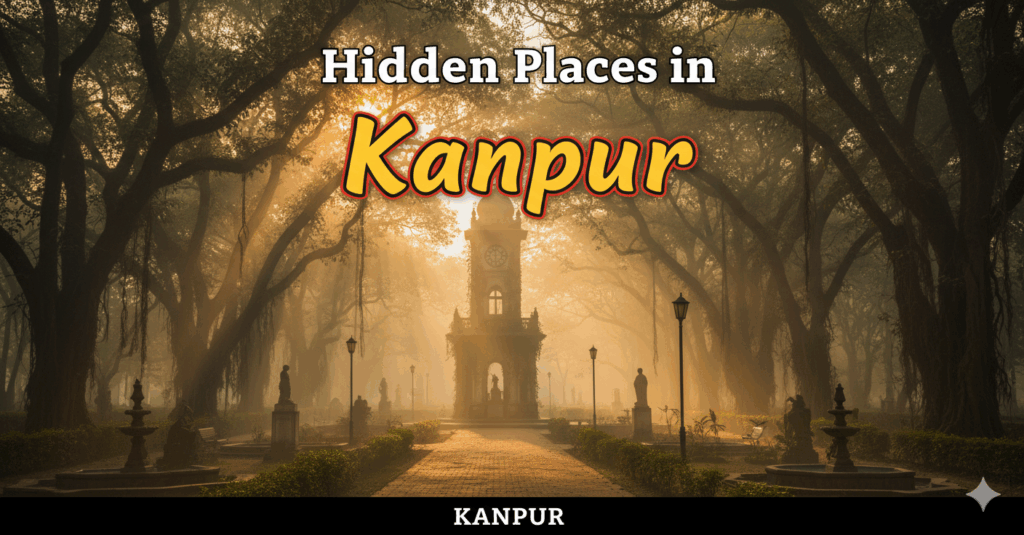Located in the Kinnaur district of Himachal Pradesh, Chitkul stands as India’s last inhabited village near the Indo-Tibetan border at an altitude of 3,450 meters (11,319 feet). Known as the “last village of India,” this enchanting destination offers breathtaking Himalayan landscapes, ancient wooden architecture, and pristine natural beauty throughout accessible seasons. The best time to visit Chitkul varies dramatically across different periods, with each season offering unique experiences from snow-covered winter landscapes to vibrant summer meadows. Understanding seasonal accessibility is crucial since Chitkul remains cut off during heavy snowfall months. Whether you’re seeking the famous Kinnaur Kailash Parikrama trek, photography opportunities, or peaceful mountain retreats, timing your visit correctly ensures you experience this remote Himalayan gem while enjoying optimal weather conditions and safe accessibility.
Table of Contents
Understanding Chitkul Seasons
Chitkul experiences distinct seasonal patterns with extreme weather variations due to its high altitude location near the Tibetan border. Understanding these seasonal characteristics helps you choose the perfect time based on accessibility, weather preferences, and desired activities. The village’s remote location and elevation create unique challenges and opportunities throughout the year.
| Season | Duration | Weather | Highlights | Challenges |
|---|---|---|---|---|
| Summer | Mar – Jun | 5°C to 25°C, Pleasant | Perfect weather, all activities accessible | Crowded, higher costs |
| Monsoon | Jul – Sep | 10°C to 20°C, Mild | Minimal rainfall, lush landscapes | Potential landslides, travel interruptions |
| Autumn | Oct – Nov | 0°C to 15°C, Crisp | Clear views, fewer crowds | Road closures risk |
| Winter | Dec – Feb | -15°C to 5°C, Harsh | Snow landscapes, unique experience | Completely inaccessible, extreme cold |
Peak Season: March to June
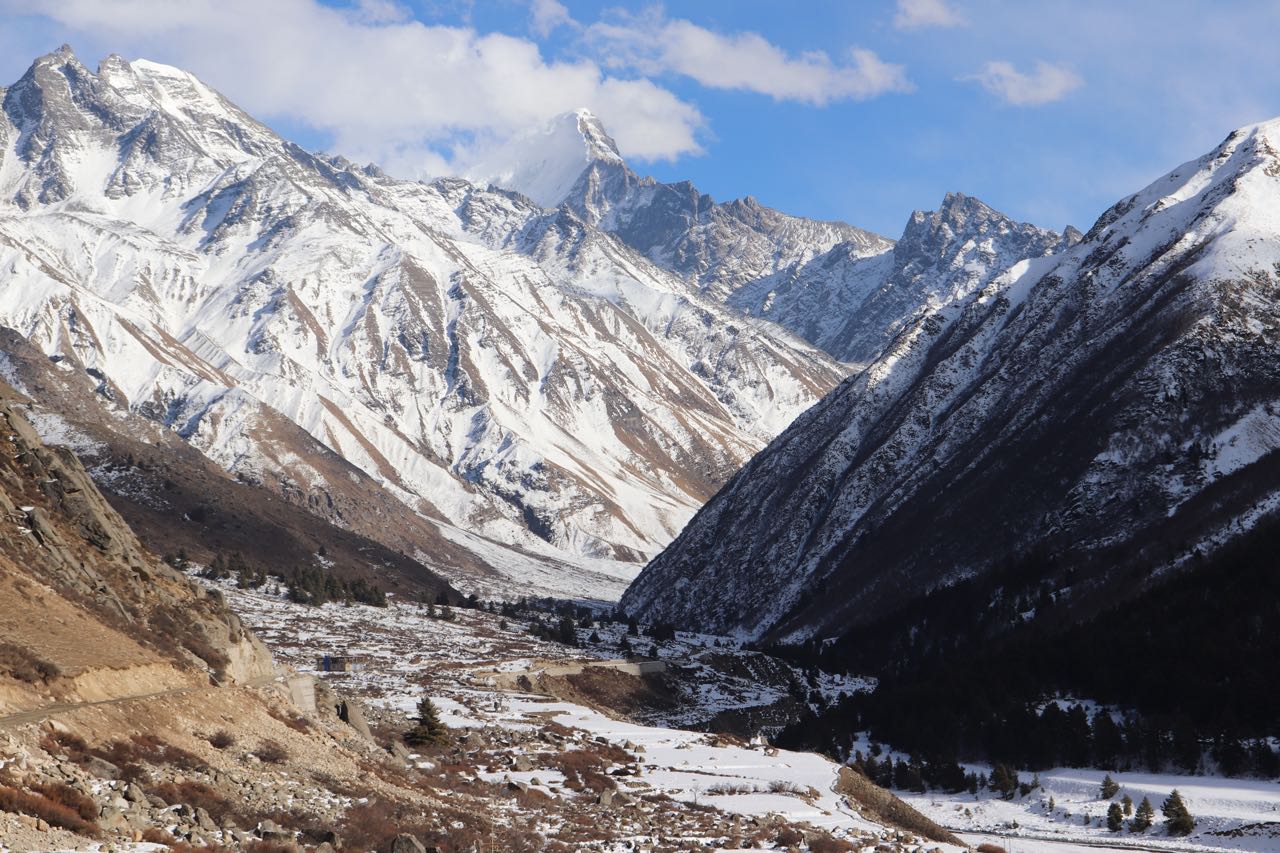
The best time to visit Chitkul falls between March and June when the weather is delightful and all activities and attractions are easily accessible. This period offers pleasant temperatures, clear mountain views, and full accessibility to all Chitkul tourist places and adventures. During these months, the village showcases its pristine beauty with comfortable daytime temperatures and cool evenings perfect for camping and stargazing. The combination of optimal weather, road accessibility, and vibrant landscapes makes this the most enjoyable and practical time for visiting this remote Himalayan destination, as officially recommended by tourism authorities.
March to April: Spring Awakening
March marks the beginning of the accessible season when roads reopen after winter closure. The village awakens from its winter isolation with blooming flowers and crystal-clear mountain views perfect for photography and exploration.
Spring conditions:
- Daytime temperatures: 5°C to 20°C
- Night temperatures: 0°C to 10°C
- Clear skies with excellent visibility
- Melting snow creating pristine streams
- Perfect conditions for things to do in Chitkul
May to June: Perfect Summer
Late spring and early summer provide the most comfortable weather conditions with pleasant temperatures and full accessibility to all attractions and adventure activities.
Summer advantages:
- Comfortable temperatures and clear skies
- Full accessibility to trekking routes and viewpoints
- Excellent conditions for outdoor activities and camping
- Vibrant landscapes with terraced fields of potatoes, peas, and barley
- Optimal conditions for the famous Kinnaur Kailash Parikrama trek
Monsoon Considerations: July to September
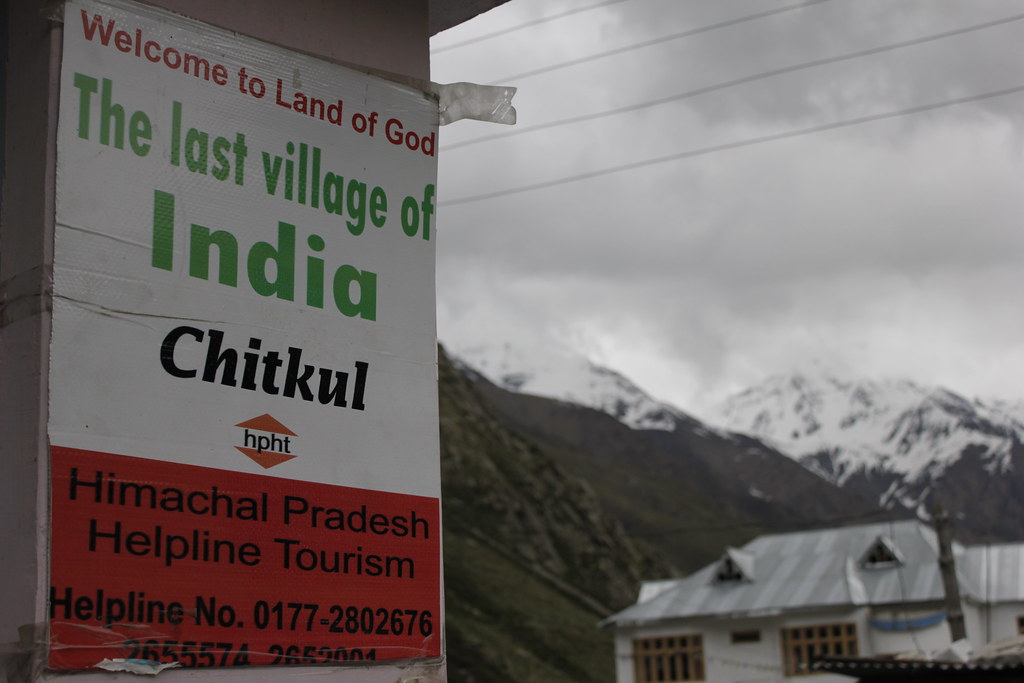
While monsoon season affects most of India, Chitkul receives minimal rainfall due to its location in the rain shadow region. However, it’s wise to exercise caution during this period due to potential landslides and travel interruptions in surrounding areas. The weather remains relatively mild with comfortable temperatures, but the risk of road blockages and transportation delays requires flexible planning and careful monitoring of weather conditions.
Monsoon Characteristics
Despite minimal direct rainfall, the monsoon period presents unique considerations for travelers planning visits to this high-altitude destination.
Monsoon realities:
- Minimal direct rainfall in Chitkul due to rain shadow effect
- Potential landslides on access roads from surrounding areas
- Travel interruptions and road blockages possible
- Comfortable temperatures ranging 10°C to 20°C
- Lush green landscapes despite limited precipitation
- Advisable to avoid this period for safety reasons
Autumn Season: October to November
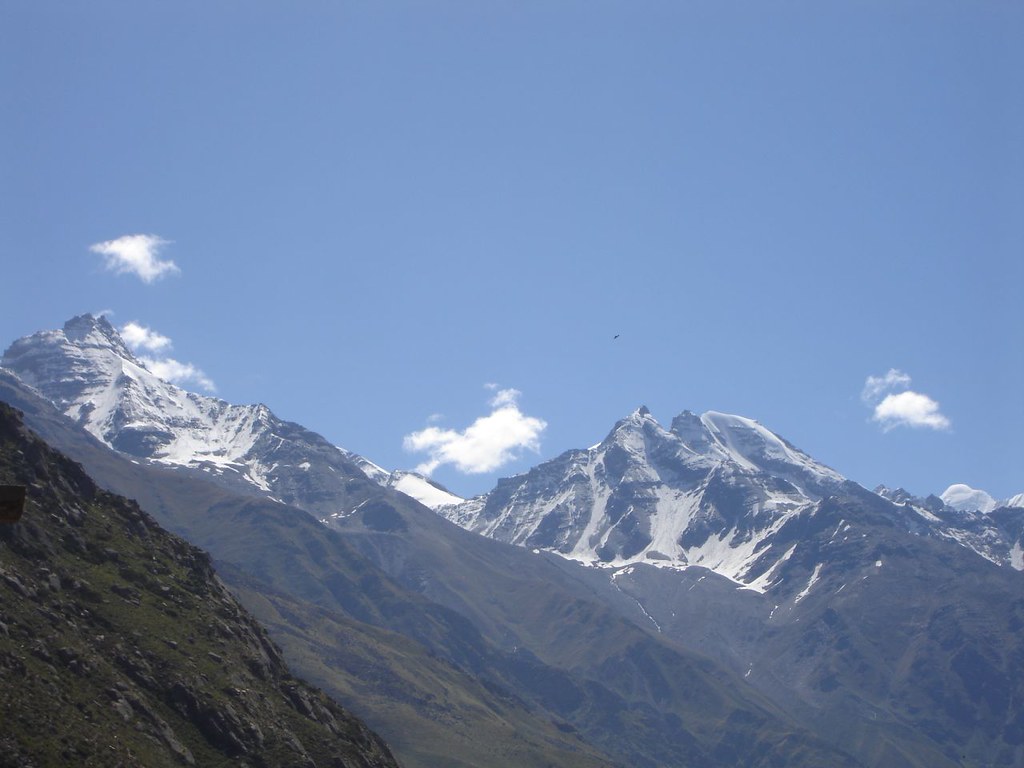
Autumn offers a brief but spectacular window for visiting Chitkul with crisp, clear weather and fewer crowds compared to peak summer months. This season provides excellent conditions for photography and peaceful exploration before winter road closures. The weather remains comfortable during the day while nights become progressively colder, requiring appropriate preparation for temperature variations.
October: Ideal Conditions
October provides some of the best weather conditions with crystal-clear skies, comfortable temperatures, and spectacular mountain views.
October highlights:
- Perfect weather with daytime temperatures 10°C to 20°C
- Crystal-clear mountain views and excellent photography
- Fewer tourists compared to peak summer months
- Comfortable conditions for all outdoor activities
- Last reliable month before potential road closures
November: Final Opportunity
November represents the last accessible month before winter closure, offering unique beauty with early snow possibilities.
November considerations:
- Daytime temperatures: 5°C to 15°C
- Possibility of early snowfall creating stunning landscapes
- Risk of sudden road closures due to weather
- Excellent conditions for experienced travelers
- Lower accommodation costs and fewer crowds
Winter Experience: December to February
Winter offers a one-of-a-kind and visually captivating experience for those with a fondness for snowy landscapes and chilly weather. However, Chitkul becomes completely inaccessible to tourists during this period due to heavy snowfall and extreme weather conditions. During winter months, temperatures drop as low as -15°C and roads remain closed for extended periods. While the snow-covered landscape creates stunning beauty, no accommodation, transportation, or tourist services operate, making visits impossible for regular tourists.
How to Reach Chitkul
Planning how to reach Chitkul requires understanding the multi-stage journey involving flights, road transport, and careful timing due to seasonal accessibility. The journey typically involves flying to nearby airports followed by scenic mountain drives through challenging terrain. Understanding flights to Chitkul options and ground transportation helps you plan the most efficient route while considering weather and road conditions.
By Air: Flight Options
Flights to Chitkul require connecting through Shimla Airport (also known as Jubbarhatti Airport) followed by scenic road journeys through mountainous terrain.
Airport details:
- Shimla Airport (SLV) – nearest airport option
- Regular flights from major Indian cities like Delhi and Chandigarh
- 7-8 hour scenic road journey from Shimla to Chitkul
- Alternative airports: Chandigarh and Delhi for better connectivity
- Airport to Chitkul requires pre-arranged ground transportation
By Road: Mountain Journey
Road travel represents the primary access method to Chitkul, involving scenic but challenging mountain drives through multiple districts.
Route options:
- Via Shimla-Rampur-Kalpa-Chitkul (most common route)
- Via Chandigarh-Shimla-Kalpa-Chitkul (from north India)
- Via Manali-Kaza-Kalpa-Chitkul (adventurous high-altitude route)
- Regular bus services available up to Kalpa, private transport needed for final stretch
Transportation Considerations
Mountain travel to Chitkul requires specific planning due to altitude, weather, and terrain challenges.
Travel essentials:
- Weather-appropriate clothing for temperature variations
- Motion sickness medication for winding mountain roads
- Emergency supplies and communication devices
- Flexible itinerary accounting for weather delays
- Local permits and identification documents
Chitkul Tourist Places and Attractions
Chitkul tourist places offer diverse experiences ranging from ancient temples and traditional architecture to natural wonders and adventure activities. The village and surrounding areas provide numerous attractions that showcase Himalayan culture, natural beauty, and unique high-altitude experiences. Understanding seasonal accessibility to different attractions helps you plan comprehensive exploration during your visit.
Village Cultural Attractions
The village itself offers numerous cultural and architectural attractions that provide insight into traditional Kinnauri lifestyle and rich cultural heritage.
Key village sites:
- Ancient wooden temples with intricate carvings and traditional architecture
- Traditional Kinnauri houses with ornate doorways showcasing regional building techniques
- Local cuisine experiences including ‘Chana Madra,’ ‘Siddu,’ and ‘Dham’
- Traditional folk music and dance performances during local festivals
- Handicraft centers displaying colorful costumes and local artistry
- Opportunities for learning Kinnauri language and observing daily village life
Natural Attractions and Adventures
Chitkul’s natural surroundings offer spectacular landscapes and outdoor experiences unique to high-altitude Himalayan regions with diverse adventure opportunities.
Natural highlights:
- Baspa River gracefully winding through the village with crystal-clear mountain water
- Alpine meadows and terraced fields growing potatoes, peas, barley, and apples
- Spectacular viewpoints offering panoramic Himalayan vistas
- Kinnaur Kailash Parikrama trek – circumnavigation of the sacred mountain
- Borso Pass ancient trade route transformed into adventure trek
- Lamkhaga Pass offering 90 km journey through remote valleys
- Chitkul Wildlife Sanctuary with diverse wildlife including snow leopards
Things to Do in Chitkul
Things to do in Chitkul encompass cultural experiences, adventure activities, and peaceful relaxation opportunities suited to different interests and fitness levels.
Popular activities:
- Trekking to nearby peaks including the famous Kinnaur Kailash Parikrama
- Photography of landscapes, traditional architecture, and cultural festivals
- River activities and leisurely strolls along the pristine Baspa River
- Camping under some of India’s clearest night skies
- Cultural interactions with local Kinnauri communities and language learning
- Exploring sustainable agriculture practices and terraced farming techniques
- Wildlife watching in Chitkul Wildlife Sanctuary
- Adventure treks on Borso Pass and Lamkhaga Pass routes
Kalpa Chitkul Circuit Planning
The Kalpa Chitkul circuit represents a popular travel route combining two significant destinations in Kinnaur district. Kalpa serves as a larger town with better accommodation and facilities, while Chitkul offers remote village experiences and pristine natural beauty. Planning this circuit requires understanding the connectivity, seasonal accessibility, and optimal timing for experiencing both destinations effectively.
Circuit Advantages
Combining Kalpa and Chitkul provides a comprehensive Kinnaur experience with varied accommodation options and diverse attractions.
Circuit benefits:
- Kalpa offers comfortable accommodation and dining options
- Chitkul provides authentic remote village experiences
- Short distance (25 km) allows easy day trips
- Combined itinerary maximizes limited travel time
- Different altitude experiences within single trip
Planning Considerations
Effective Kalpa Chitkul circuit planning requires attention to seasonal conditions, accommodation availability, and transportation logistics.
Planning essentials:
- Base accommodation in Kalpa for comfort and facilities
- Day trips to Chitkul for exploration and activities
- Weather monitoring for safe travel between destinations
- Flexible scheduling accounting for altitude and weather
- Local guide arrangements for cultural experiences
Weather Monitoring and Current Conditions
Understanding Chitkul current temperature and weather patterns helps you prepare appropriate clothing and equipment for varying conditions. High-altitude weather can change rapidly, requiring constant monitoring and flexible planning. Temperature variations between day and night can be extreme, demanding layered clothing and weather-appropriate gear for safety and comfort.
Temperature Patterns
Seasonal temperature variations in Chitkul are extreme due to high altitude and geographical location near the Tibetan border.
Seasonal patterns:
- Summer daytime: 15°C to 25°C, nights: 5°C to 15°C
- Autumn daytime: 5°C to 20°C, nights: -5°C to 10°C
- Spring daytime: 10°C to 20°C, nights: 0°C to 10°C
- Winter: Completely inaccessible due to extreme cold
Weather Preparation
High-altitude weather demands specific preparation and equipment for safety and comfort during your visit.
Essential preparations:
- Layered clothing system for temperature variations
- Weather-resistant outer layers for sudden changes
- Warm sleeping equipment for cold nights
- Sun protection for high-altitude UV exposure
- Emergency weather monitoring and communication devices
Explore More Himalayan Destinations
While planning your Chitkul adventure, consider exploring other magnificent destinations across India that offer diverse experiences and landscapes. Our comprehensive India tour packages from Mumbai provide excellent options for discovering incredible destinations nationwide. For those seeking ultimate mountain adventures, our Leh Ladakh tour packages from Mumbai offer spectacular high-altitude Himalayan experiences.
The enchanting Meghalaya tour packages from Mumbai showcase the Northeast’s famous living root bridges and pristine waterfalls. Additionally, our Sikkim tour packages from Mumbai and Darjeeling tour packages from Mumbai offer incredible mountain vistas and cultural experiences that complement your Himalayan journey perfectly.
Safety Guidelines and High-Altitude Precautions
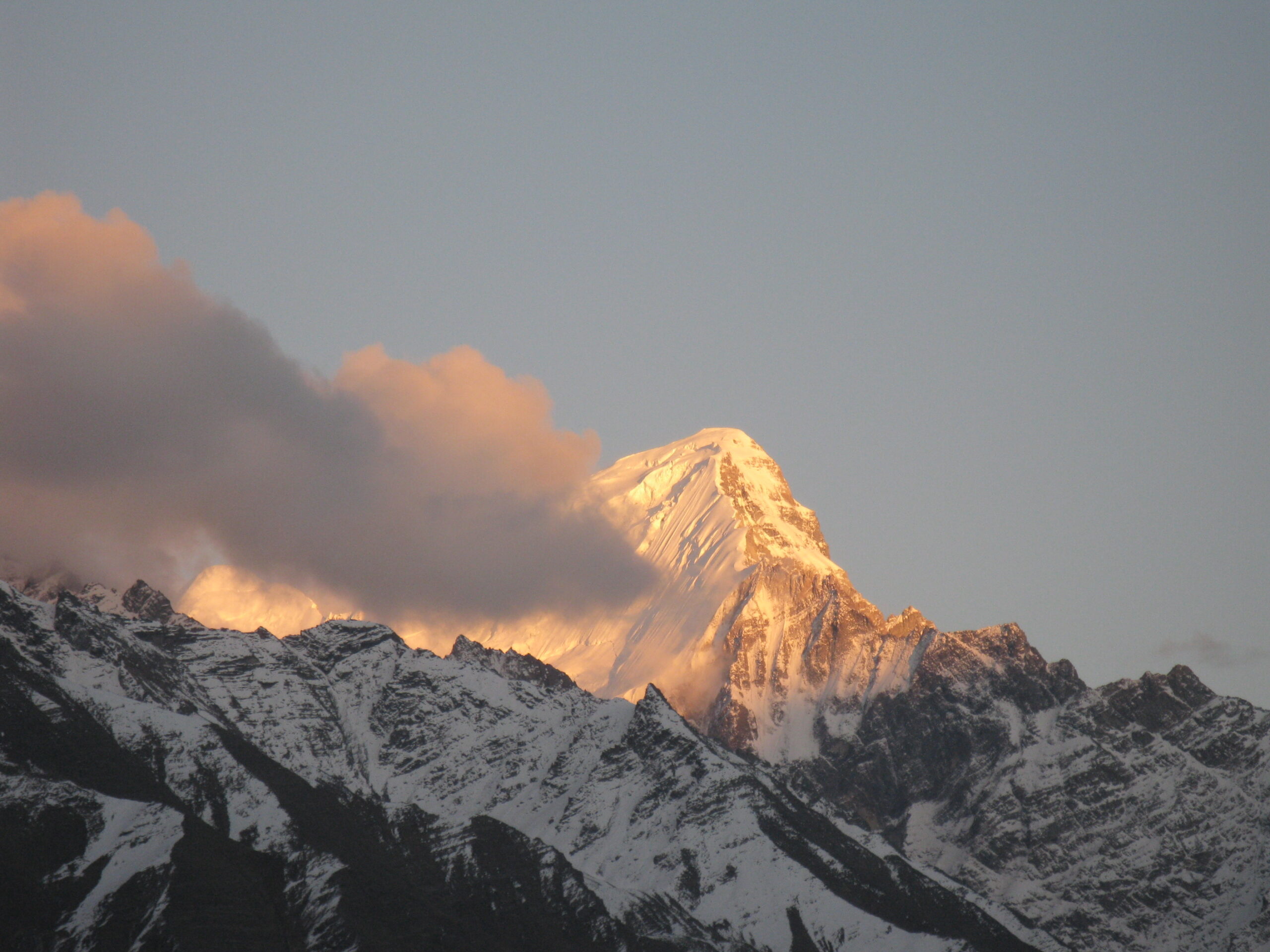
Visiting Chitkul requires specific safety measures due to its extreme altitude, remote location, and challenging weather conditions. High-altitude travel presents unique risks including altitude sickness, weather changes, and limited emergency services access. Understanding these challenges and implementing proper precautions ensures safe exploration while minimizing altitude-related health risks. The village’s remote location demands self-sufficiency and careful preparation for various scenarios.
High-Altitude Safety
Chitkul’s extreme altitude (3,450 meters) requires specific health precautions and gradual acclimatization for safe visits.
Altitude precautions:
- Gradual ascent with overnight stops at intermediate altitudes
- Recognition of altitude sickness symptoms and response protocols
- Adequate hydration and nutrition for high-altitude conditions
- Immediate descent plans for severe altitude-related symptoms
- Emergency communication devices and evacuation procedures
Remote Location Safety
The village’s isolated location requires enhanced safety preparation and self-sufficiency measures.
Safety essentials:
- Comprehensive first aid supplies and emergency medications
- Weather-appropriate clothing and emergency shelter
- Reliable communication devices with satellite backup
- Local guide arrangements familiar with terrain and conditions
- Detailed itinerary sharing with emergency contacts
Cultural Sensitivity and Accommodation
Respecting local customs and understanding accommodation limitations enhances your experience while supporting the remote community. Chitkul’s traditional lifestyle and limited infrastructure require visitor adaptation and cultural sensitivity.
Respectful behavior:
- Respect for local customs, traditional lifestyle, and Kinnauri culture
- Environmental consciousness following the village’s sustainability commitment
- Support for local economy through responsible spending and eco-friendly practices
- Photography permissions and cultural sensitivity during festivals
- Appreciation for the village’s afforestation and organic farming efforts
- Participation in cleanliness initiatives and plastic-free environment advocacy
Accommodation realities:
- Limited accommodation options requiring advance booking
- Basic facilities reflecting remote location constraints
- Seasonal availability matching accessibility periods
- Local homestays offering authentic cultural experiences
- Camping options for adventure-oriented travelers
Conclusion
Choosing the best time to visit Chitkul depends on weather tolerance, accessibility requirements, and desired experiences. For optimal conditions and full accessibility, plan your visit between May and September when roads are open and weather conditions are most favorable. This period offers the perfect balance of comfortable temperatures, clear mountain views, and complete access to all Chitkul tourist places and activities. The Kalpa Chitkul circuit provides an excellent way to experience both comfort and authentic village life during your Himalayan adventure.
Understanding how to reach Chitkul through available flights to Chitkul connections and subsequent road journeys is essential for successful trip planning. Monitoring Chitkul current temperature and weather conditions helps ensure appropriate preparation for this high-altitude destination. The variety of things to do in Chitkul from cultural exploration to adventure activities provides enriching experiences for all types of travelers. You can visit us at VDP Travels, Neighbourhood Complex, F- 5, near SBI Bank, Sector 4, Nerul, Navi Mumbai, Mumbai, Maharashtra 400706. For comprehensive Chitkul travel packages with expert guides, high-altitude preparation, and seamless Himalayan travel experiences, call +91 99675 18405, or visit VDP Travels.
Best Time to Visit Chitkul: FAQs
What is the best time to visit Chitkul for first-time visitors?
May to September is ideal for first-time visitors, offering accessible roads, comfortable weather with temperatures ranging from 10°C to 25°C during the day, and full access to all attractions and activities.
Are there direct flights to Chitkul available?
No direct flights to Chitkul exist. The nearest airports are Shimla (250 km), Chandigarh (350 km), and Delhi (650 km), requiring subsequent road travel through mountainous terrain to reach the village.
What is the current temperature in Chitkul during different seasons?
Chitkul current temperature varies dramatically: summer daytime 15-25°C with nights 5-15°C, autumn daytime 5-20°C with nights -5 to 10°C, and winter completely inaccessible due to extreme cold.
How to reach Chitkul from major cities?
To reach Chitkul, fly to Shimla, Chandigarh, or Delhi airports, then drive via Shimla-Rampur-Kalpa route. The final 25 km from Kalpa to Chitkul requires private transport as no regular buses operate.
What are the main things to do in Chitkul?
Things to do in Chitkul include trekking to high-altitude meadows, photography of Himalayan landscapes, camping under clear skies, exploring ancient temples, river activities along Baspa River, and cultural interactions with locals.
Is the Kalpa Chitkul circuit worth planning?
Yes, the Kalpa Chitkul circuit is excellent as Kalpa offers comfortable accommodation and facilities while Chitkul provides authentic village experiences. The 25 km distance allows easy day trips between both destinations.
What are the must-visit Chitkul tourist places?
Chitkul tourist places include ancient wooden temples, traditional Kinnauri houses, village museum, Baspa River, alpine meadows, panoramic viewpoints, high-altitude lakes, and Buddhist monasteries showcasing local culture.
When does Chitkul become inaccessible during winter?
Chitkul becomes completely inaccessible from December to March due to heavy snowfall and extreme cold (-15°C). Roads close and no accommodation or tourist services operate during this period.
What safety precautions are needed for visiting Chitkul?
Safety precautions include gradual altitude acclimatization, altitude sickness awareness, weather-appropriate clothing, emergency communication devices, comprehensive first aid supplies, and local guide arrangements for the remote location.
How many days are recommended for a Chitkul trip?
A minimum 4-5 days is recommended: 1-2 days travel, 2-3 days exploration including Kalpa Chitkul circuit, and 1 day return journey, allowing proper acclimatization and comprehensive experience of this remote destination.

